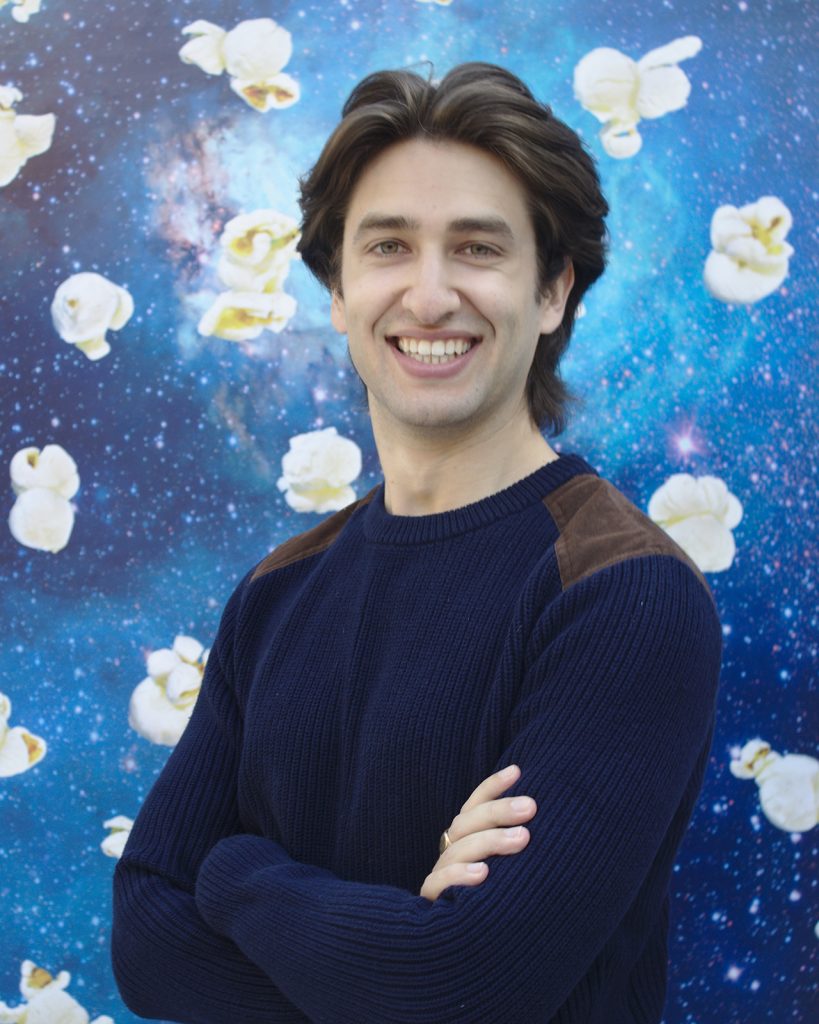
Theoretical physicists at Indiana University and Illinois State University may have found a new way stars can explode—with snowflakes.
A new paper accepted for publication in the prestigious Physical Review Letters, argues that uranium snowflakes may form in the core of white dwarfs, which could ignite a supernova explosion. The work is featured in Science magazine.
“It’s an exciting time in white dwarf astrophysics,” said Professor of Physics Charles Horowitz of Indiana University, who penned the upcoming article with Dr. Matthew Caplan of Illinois State University.
When a star runs out of fuel, it can turn into a white dwarf. Without a heat source, the white dwarf cools off and eventually freezes solid. The first solids to form will be at the core—the densest part of the star—and made up of the heaviest elements.
We’re theoretically setting off one of the largest nuclear bombs in the universe with the tiniest nuclear bombs in the universe.
Dr. Matt Caplan
Horowitz’s theoretical snowflakes are made of radioactive uranium, one of the heaviest elements in the universe. “After sinking to the core, uranium will be the first thing in the star to freeze,” said Caplan, who noted uranium is also one of the rarest elements in the universe, making up barely one atom in a trillion. “It’s also one of the only elements whose nucleus can undergo fission—the energetic splitting of an atomic nucleus into two separate nuclei. That’s the same source of power in a nuclear bomb.”
In the past few years, astronomers have detected neon raining through white dwarfs, and giant crystal cores made of carbon and oxygen growing in some of the most massive known white dwarfs. “We think a lot about rain and snow in white dwarfs, because heavy elements tend to separate and sink. It’s the same reason that oil floats on water while rocks sink,” said Horowitz. In their new paper, they calculate what kind of crystals the heaviest elements could form.
A single uranium snowflake would most likely be as massive as a grain of sand, but compressed to microscopic sizes, according to their calculations. Yet even something that small could spell disaster for the star. A single neutron is all it takes to start a fission chain reaction in the uranium.
“Think of a game of dominos, but the dominos explode,” Horowitz said. Once one uranium nucleus is split, it releases more neutrons which split more nuclei. The chain reaction proceeds at an exponential pace, releasing energy that drives the temperature up to astronomical scales.” On earth, this uncontrolled chain reaction is the principle behind a nuclear fission bomb. In a white dwarf, it could be the key to starting a supernova.
“The snowflake is a spark that sets off the powder keg,” said Caplan, adding that the heat released can be enough to trigger fusion, or the assembly of light elements into heavier elements. “Fusion is ultimately the source of energy in stars like our sun,” he said. “But once it begins in the white dwarf, there’s no stopping the fusion of light elements, like carbon and oxygen, into heavier elements, like iron and nickel.”
The energy released from these fusion reactions completely destroys the star in a “type 1a supernova.” “We’re theoretically setting off one of the largest nuclear bombs in the universe with the tiniest nuclear bombs in the universe,” said Caplan.
Most type 1a supernova occur when a white dwarf exceeds its maximum mass, causing it to explode. Traditionally, 1a supernovas appear when a white dwarf steals matter from another star, allowing it to grow above the mass limit. Horowitz and Caplan argue that their uranium snowflakes could provide a way for less massive white dwarfs to explode all on their own, with no companion needed. “Astronomers observe some dimmer type 1a supernova and some that happen when the white dwarf is still quite young. Our mechanism could explain why,” said Horowitz.


